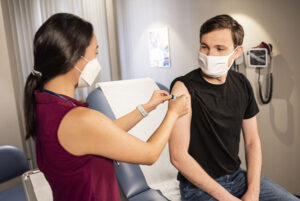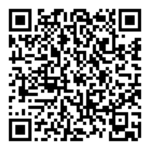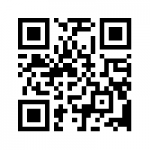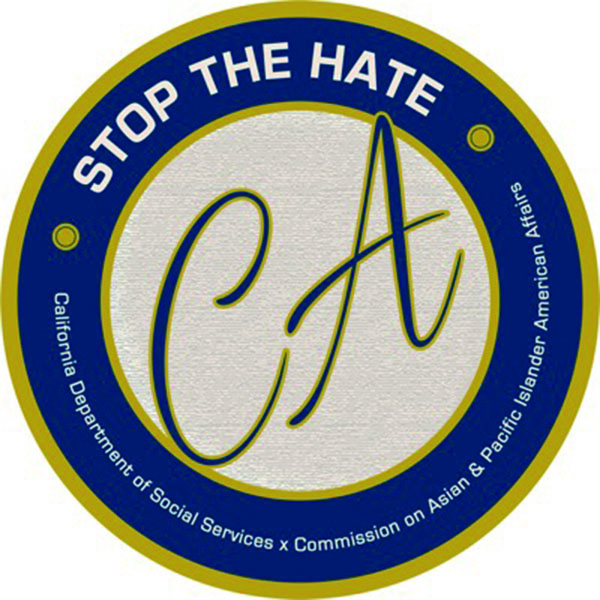COVID-19疫苗的供應情況給亞裔美國人五月傳統月帶來了希望。疾病預防控制中心繼續為完成接種疫苗的人提供安全聚集和出行指南。
5月是亞裔美國人和太平洋島民(AAPI)傳統月,是慶祝AAPI取得的成就和讓全國了解我們的社區在美國歷史上所做的貢獻的時候。
今年,面對反亞裔仇恨事件以及我們社區持續的經濟和社會挑戰,AAPI文化傳統月有了新的含義:希望。截至本月,年齡在12歲以上的任何人都有資格接種COVID-19疫苗。各州還看到疫苗預約的供應數量由以前的難以獲得到現在有所增加。
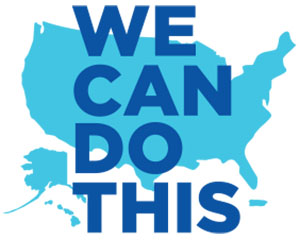
截至5月17日,美國疾病預防控制中心(CDC )報告稱,已有157百萬美國人選擇了接種疫苗。在這個數字中,至少5.9%亞裔(非西班牙裔)的和0.3%的夏威夷原住民和太平洋島民已至少接種一次疫苗,這是大約544萬的親人!此外,自從疫苗的分發開始,超過84.5%的美國老年人(65歲以上的成年人)已接種疫苗,這個數字昭示著更廣泛的社區正做出他們的努力,通過接種疫苗保護我們的長者和其他人。
這意味著544萬AAPI社區成員正在恢復他們最想念的活動-拜訪遠親近鄰,與長輩聚會,旅行。而且,疫苗可預防近100 %由COVID導致的住院和死亡。這證明疫苗是有效的。
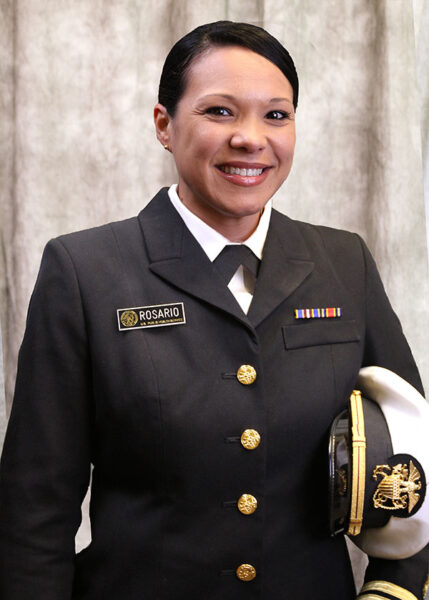
在最近的AARP嘉賓會談上,Adelaida M. Rosario博士分享了亞裔美國人,夏威夷原住民和太平洋島民社區在接收有關疫苗信息方面所面臨的獨特挑戰。
“ AANHPI社區非常多樣化,因此,沒有一種可以一刀切的溝通方式。” Rosario說,“衛生與公共服務部一直在以相關語言編寫印刷材料和網上宣傳材料,以便我們以他們的母語向社區傳播。” Rosario指的是一項新的全國性運動,其中包括向超過15個AAPI社區進行廣告宣傳,稱為“我們能做到”。
“除了疫情之外,由於種種刻板印象,現在人們針對亞裔美國人社區的消極情緒也越來越高,這是非常不幸的,” Rosario博士說。“從某種意義上看,這對我們所有亞裔美國人社區成員來說是“雙重疫情” ,因為除了健康危機之外,他們還要應對所有這些可怕的歧視。”

Rosario承認疫苗對部分人有副作用,但這是“小數目”和“極少數情況下” ,相比數百萬已完全接種疫苗的人,他們只感受到有輕微的副作用,過得很好。
“到目前為止,益處大於這些小風險。任何父母帶著小孩去打疫苗,也都面臨著同樣的風險。”羅薩里奧說,“強烈的副作用是罕見的事件,但我們真的可以慶祝我們所看到的成功,那就是感染數量下降,並且在美國和世界範圍內都在以人口數量級成功接種疫苗。”
在進行任何疫苗接種之前,如果您有任何疑問,請與您當地的醫療保健提供者或醫生交談。如果需要其他資源,請諮詢您值得信賴的當地領導人。如果您可以上網並可以在線搜索信息,請訪問CDC這種受信任的資源,並訪問vaccines.gov以找到您附近的疫苗。
最後,每多一個人接種疫苗,那就離恢復疫情前的生活的更近一步。鼓勵周圍的人接種疫苗-從大學生到祖父母,從朋友到同事。隨著國家逐步接近在這個夏天前讓65%的人接種疫苗,我們正一起做出巨大的進步,明年將會有不同的景況。到2 022年的亞太裔傳統月,整個國家都可以接種疫苗,我們能做到!
作者:工作人員
英文部分
COVID-19 Vaccine Availability Gives Hope for Asian American and Pacific Islander May Heritage Month
CDC continues to provide guidelines on safely gathering, traveling for fully vaccinated people
By: Staff
May is Asian American and Pacific Islander (AAPI) Heritage Month, a celebration of AAPI achievements and a time for the country to recognize our community’s contributions throughout U.S. history.
This year, in the face of anti-Asian hate incidents and our community’s continued economic and social challenges, AAPI Heritage Month takes on a new meaning: Hope. As of this month, anyone aged 12 and older is eligible to get the COVID-19 vaccine. States are also seeing increases in the availability of vaccine appointments, a shift from previously hard-to-get appointments.
As of May 17, the CDC reported 157 million Americans have made the choice to be vaccinated. Among this number, at least 5.9% of Asians (non-Hispanic) and 0.3% Native Hawaiian and Pacific Islander groups have had at least one vaccination—that’s approximately 5.44 million loved ones! Moreover, since the start of vaccine distributions, more than 84.5% of older Americans (65-Plus adults) have been vaccinated—a dramatic shift in numbers that shows the wider community is doing their part to protect our elders and others by getting vaccinated.
This means that 5.44 million AAPI community members are on their way to resuming the activities that they miss—seeing family and friends near and far, gathering with the older generation, and traveling. And, vaccines are preventing nearly 100% of hospitalizations and deaths from COVID. This is proof that the vaccines are effective.
In a recent AARP panel, Dr. Adelaida M. Rosario shared about the unique challenges of the Asian American, Native Hawaiian, and Pacific Islander (AANHPI) communities in receiving information about the vaccine.
“The AANHPI community is extremely diverse and therefore, there isn’t a one-size-fits-all approach with communications,” said Rosario. “The Department of Health and Human Services has been working on a number of print materials and virtual materials in the relevant languages so we can reach the community in their native tongue.” Rosario was referring to a new national campaign that includes outreach and advertising to more than 15 AAPI communities, called We Can Do This.
“In addition to this pandemic, there’s this heightened negative attention right now, focused on the Asian American community because of all the stereotypes and it’s terribly unfortunate,” Rosario added. “It becomes a ‘double pandemic’ essentially for all of our older Asian American community members because they’re dealing with all of this awful discrimination in addition to, layered with, this health crisis.”
Rosario acknowledged that there are side effects for some people but said that it is “small numbers” and “rare occurrences” of illnesses compared to the millions who are fully vaccinated and have experienced minor side effects but are otherwise “doing fine.”
“The benefits so far outweigh these small risks. The same kind of risks that any parents taking their small child to get their series of shots, you’re up against the same numbers,” Rosario said. “These rare occurrences are happening, but we’re really celebrating the successes that we’re seeing with the numbers of infections dropping and the successful inoculations at a population level that’s currently occurring not only in the United States but across the world.”
Before any vaccination, if you have questions, talk to your local healthcare provider or physician. If looking for additional resources, turn to your trusted local leaders. If you have access to the Internet and are able to search for information online, visit trusted sources like the CDC and visit vaccines.gov to find vaccines near you.
Ultimately, one more person who has received the shot is one more step toward returning to life as it was before the pandemic. Encourage those around you to get vaccinated—from your college student to your grandparents, from your friends to your colleagues. With the country inching closer to 65% vaccinations this summer, there is tremendous progress that we are making together and next year should have a different outlook. By AAPI Heritage Month in 2022, the entire country can be vaccinated—we can do this!

















